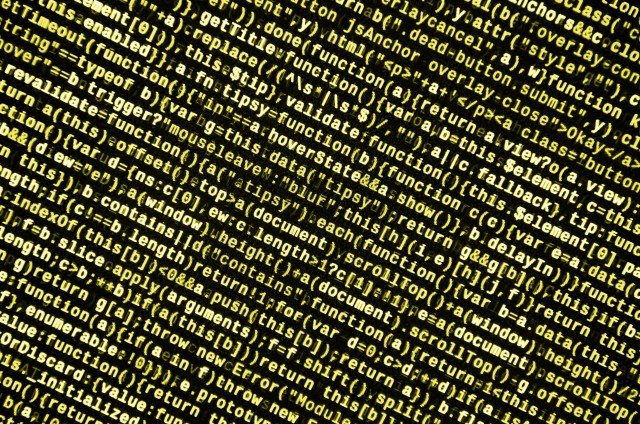Enhancing Threat Detection
You can enhance your threat detection capabilities by utilizing artificial intelligence in your cybersecurity strategy. By automating network monitoring and implementing machine learning algorithms, AI can help identify and respond to potential security threats in real-time.
With the increasing complexity and frequency of cyber attacks, traditional methods of threat detection are no longer sufficient. AI-powered systems can analyze vast amounts of network data, detect patterns, and identify anomalies that may indicate a security breach. By continuously learning from new data and adapting to evolving threats, AI can improve the accuracy and efficiency of threat detection.
Additionally, AI can also automate the response process, enabling organizations to quickly remediate security incidents and minimize potential damage. Incorporating AI into your cybersecurity strategy can significantly enhance your ability to detect and respond to threats effectively.
Streamlining Incident Response
To streamline incident response, it’s crucial that you utilize AI in cybersecurity. AI plays a significant role in automating investigations and optimizing incident handling. By leveraging AI technologies, you can expedite the process of identifying and responding to security incidents.
AI systems can quickly analyze large volumes of data, detect patterns, and flag potential threats in real-time. This automation allows your cybersecurity team to focus on more complex and critical tasks, ensuring a faster and more efficient response to incidents.
Additionally, AI can provide insights and recommendations based on historical data, helping you improve your incident response strategies over time. With AI-powered tools, you can enhance your incident response capabilities and stay one step ahead of cyber threats.
Improving Vulnerability Management
Improving vulnerability management requires utilizing AI technology to automate the identification and remediation of potential vulnerabilities.
By automating patching, AI can continuously monitor and update systems with the latest security patches, reducing the risk of exploitation.
Additionally, AI can play a crucial role in conducting penetration testing, simulating cyber attacks to identify weak points in a network or system.
AI algorithms can analyze vast amounts of data and patterns to identify potential vulnerabilities, flagging them for further investigation and remediation.
With AI-powered vulnerability management, organizations can proactively stay ahead of potential threats and minimize the likelihood of successful attacks.
Enhancing User Authentication
Enhancing user authentication involves implementing multi-factor authentication methods to strengthen the security of access to systems and data. One of the methods gaining popularity is facial recognition, which uses unique facial features to verify a user’s identity. By analyzing facial patterns and structures, this technology adds an extra layer of security, making it difficult for unauthorized individuals to gain access.
Another approach to enhance user authentication is through behavioral biometrics. This method analyzes the unique behavioral patterns of individuals, such as typing speed and mouse movements, to create a user profile. By comparing these patterns with the stored profile, systems can determine if the user is legitimate or not.
These advanced authentication methods significantly reduce the risk of unauthorized access and protect sensitive information from potential threats.
Safeguarding Data Privacy
You can protect your personal data by taking steps to safeguard your privacy online.
One of the most effective ways to do this is through data encryption. By encrypting your data, you ensure that it is transformed into a code that can only be deciphered with the correct key. This means that even if someone were to intercept your data, they would not be able to make sense of it without the encryption key.
Additionally, implementing access control measures can further enhance your data privacy. By setting up strong passwords, using two-factor authentication, and limiting access to sensitive information, you can ensure that only authorized individuals can access your data.
These steps are crucial in protecting your personal information and maintaining your privacy in the digital world.
Conclusion
So, as you can see, artificial intelligence is revolutionizing the field of cybersecurity. With its advanced capabilities, AI is enhancing threat detection, streamlining incident response, improving vulnerability management, enhancing user authentication, and safeguarding data privacy.
By leveraging AI technologies, organizations can stay one step ahead of cyber threats and protect their valuable assets. As the cybersecurity landscape continues to evolve, AI will play a crucial role in keeping our digital world safe and secure.
So, embrace the power of AI and stay protected!
